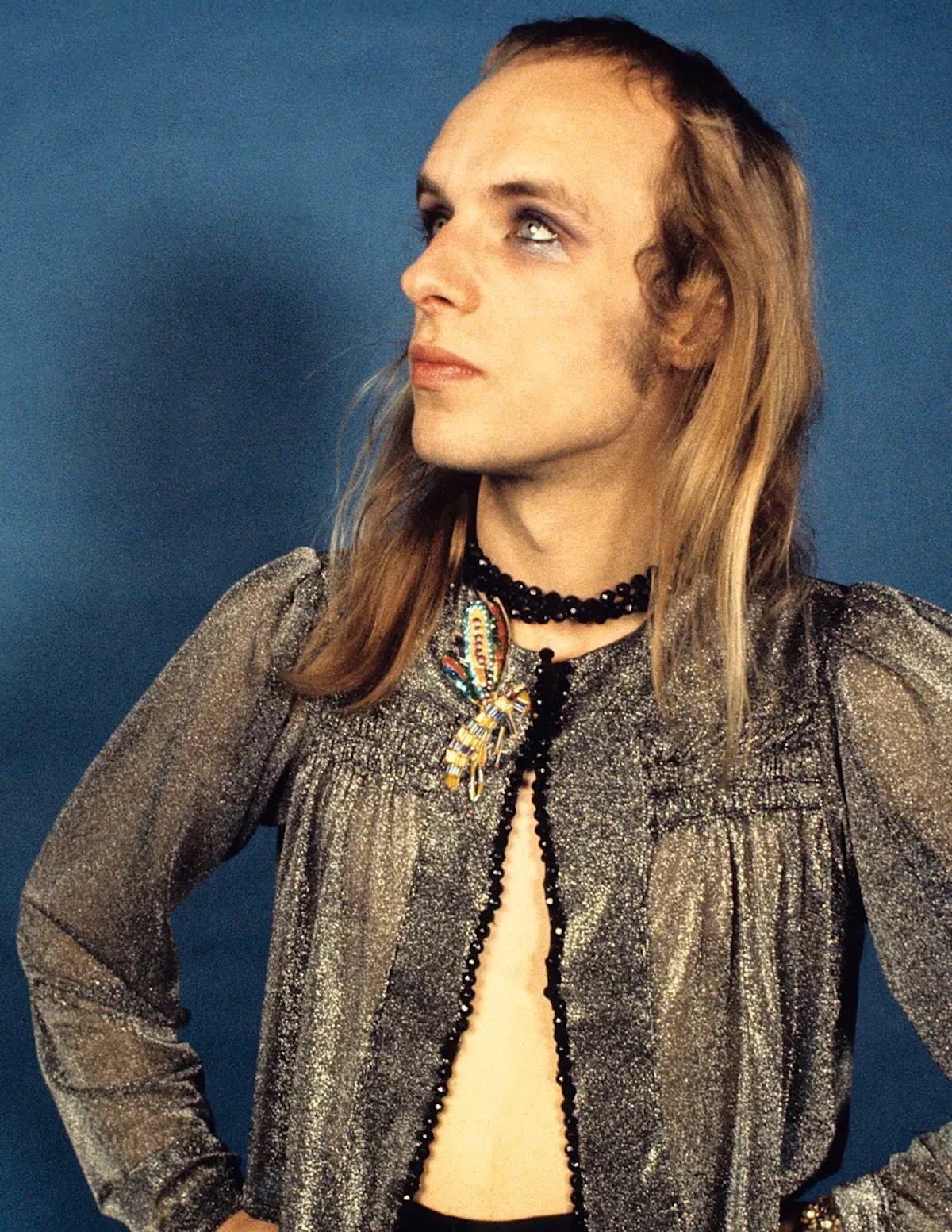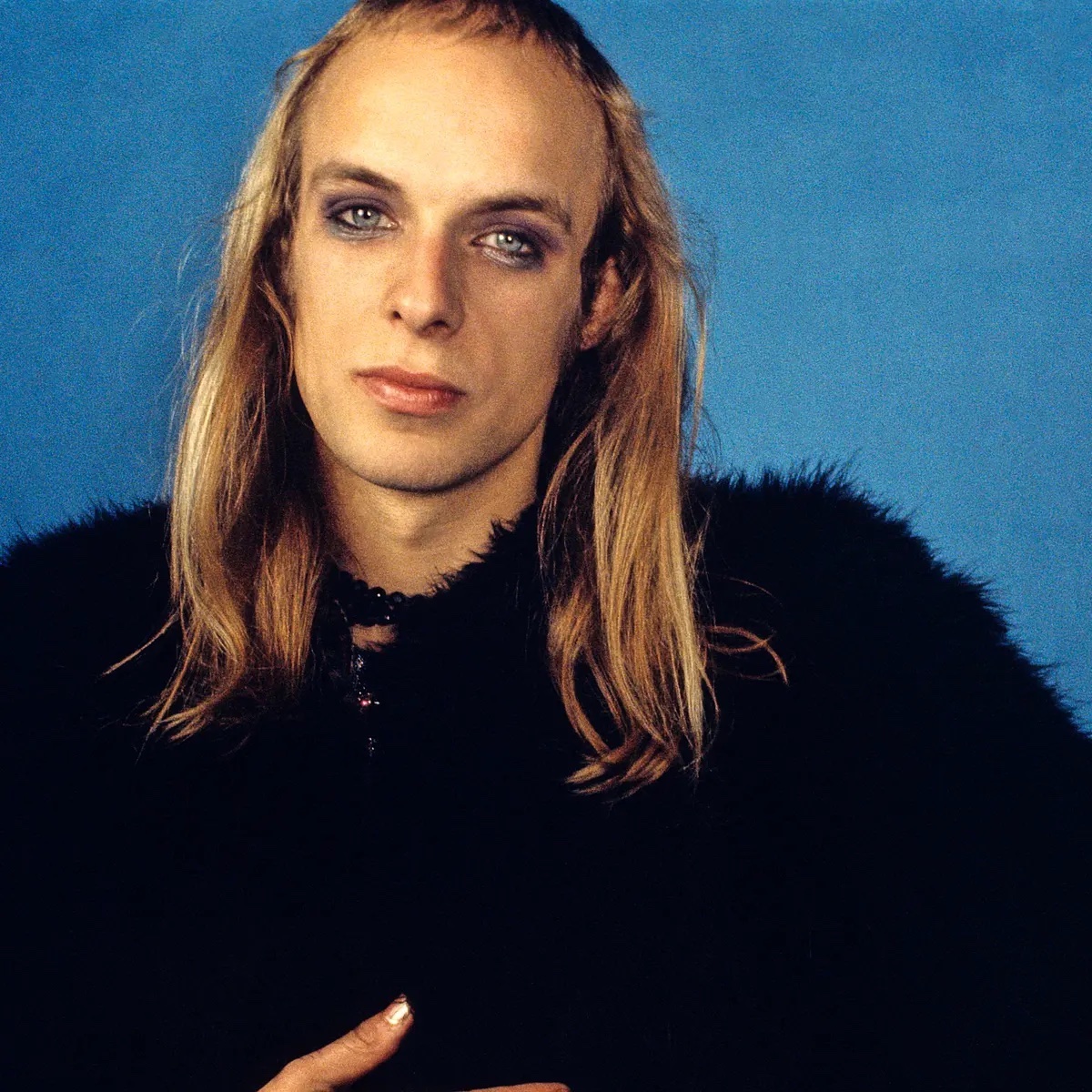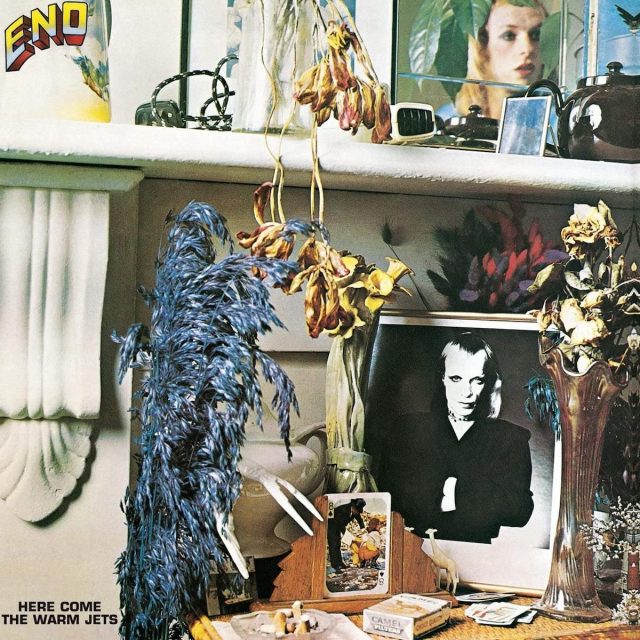 Has there ever been a better album title than this? Seriously. I’ve always thought so. Jets was such a great 70s word, but this clearly is a hot tub reference — or, in the parlance of the time: Jacuzzi.
Has there ever been a better album title than this? Seriously. I’ve always thought so. Jets was such a great 70s word, but this clearly is a hot tub reference — or, in the parlance of the time: Jacuzzi.
Right there is a perfectly good way to show the contrast between the two eras; hot tub/Jacuzzi. Not so easy to demonstrate the contrast between two Brian Enos. For starters, there are more than two.
The slightly androgynous, glam Richard O’Brien-looking synth player, avant garde multi-instrumentalist co-founded Roxy Music in 1971 after meeting saxophonist Andy Mackay at a train station and striking up a conversation. After only two albums, it became clear there wasn’t room for two focal points in the band — Bryan Ferry and Brian Eno. Ferry wanted to be the boss, and Eno had an electronic volcano of ideas even more volatile than his hairline. There was so much untapped potential. So, after the For Your Pleasure tour in 1973, Eno quit the band and promptly put out three incredible solo albums in four years, plus stuff with his 801 side-project which included John Cale, Roxy member Phil Manzanera, Kevin Ayers and Nico.
These first solo albums all feature Eno the vocalist, which is the preferable to me over Eno the instrumental ambient music-maker. I know people love that stuff — Discreet Music, Music For Airports, Music For Films, On Land, etc. — but I find them hopelessly boring. I have ADHD. They do not relax me. They do the opposite. I also don’t love the David Byrne stuff he did, or much of his new stuff. He is a great producer, but for me it’s those first four vocal albums: Here Come The Warm Jets, Taking Tiger Mountain By Strategy, Another Green World and Before And After Science.

Today we’re examining the first one, 1974’s Here Come The Warm Jets. My buddy Jordon was the first person I know who had it. We were still in high school. I’m not sure where he heard about it, but the opening track — the discordant, shrill, glam-rockin’, fun & catchy Needles In The Camel’s Eye — threw me. I listened to the album just now and I still come away with the impression I had when I first heard it 30 years ago: Ahead of its time and hugely influential.
It sounded to me like a mish-mash of David Bowie and Sonic Youth, with the kind of avant-garde or experimental treatments which don’t seem beyond the realm of what I might be able to achieve myself. Eno was proof to me that you didn’t need to be a proper chops-and-sheet music musician to make a great album. You just needed to have a head full of music. This is still crucially influential to me as a recording artist who considers the studio an instrument, doesn’t write songs before they are recorded, relies heavily on guests, plays guitar but only knows one chord, does keyboard parts one hand at a time and sometimes forgets to tune everything to the vintage gear BEFORE you start recording.
When Eno set out to put together guest musicians for this album, he purposely chose ones he thought didn’t belong together — hoping to get something unusual. He also gave them specific instructions on how to or not to play — oftentimes through visual signals (including dancing) — rather than using words. He then treated and mixed the takes and tracks to such an extent that they often sounded nothing like what the musicians performed in the studio. The guest musicians include Hawkwind drummer Simon King, Roxy Music’s Manzanera, drummer Paul Thompson and Mackay, King Crimson guitarist Robert Fripp and bassist/vocalist John Wetton, and Pink Fairies guitarist Paul Rudolph.

Needles In The Camel’s Eye is one of the more accessible tracks — glam, rockin’ and almost poppy, apart from the fierce and shrill rhythm guitar. The Paw Paw Negro Blowtorch is next, featuring funk bass player Busta Cherry Jones. I just found out today what this song is about. It’s named for A. W. Underwood, a young black man from Paw Paw, Mich,.. who reportedly had pyrokinetic abilities. Whatever, it has the best line ever in it:
“But my baby’s so lazy
She is almost unable
And it’s driving me crazy
And her loving’s just a fable
That we sometimes try with passion to recall.”
Damn, Brian. This song, like many on the album, has lyrics which go right to the very end of the track.
The legendary Baby’s On Fire is up third, with two of the greatest guitar solos in history. One by Rudolph and an even better one by Fripp. Truthfully, the song is mostly guitar solo, bookended by verses and no chorus. Again, the lyrics are incredible.
A much more soothing number is next, Cindy Tells Me. Probably the most normal song on the record. Then it gets dark — Driving Me Backwards is a piano-led number, plodding and discordant with a wild and inspired vocal performance.
Flip it over and Side 2 begins with a very soothing and anthemic On Some Faraway Beach. One of its dominant features is a piano refrain which seems to be out of tune. But, it works, of course.

Next is my favourite, Blank Frank. Cool, catchy and almost Bo Diddley. There’s a bit in one of the later verses when a pipe organ comes in — fading up and down opposite the vocals. It’s amateurish and experimental, but works. Hugely inspiring and fun.
Dead Finks Don’t Talk is drum pattern-led and is quite theatrical at times vocally. I’ve often wondered if Eno was making fun of Ferry. Either way, it has an insanely cool bridge:
“Oh please, sir will you let it go by
‘Cause I failed both tests with my legs both tied
In my place the stuff is all there
I’ve been ever so sad for a very long time
My my they wanted the works can you this and that
I never got a letter back
More fool me bless my soul.”
Next is another beautiful anthemic one — Some Of Them Are Old, with its tender and fragile slide guitar solo by Lloyd Watson.
It all ends with the basically instrumental title track, whose guitar tone apparently inspired the title. Eno claimed the sound was “warm jet guitar.” Though some prefer to believe the title refers to urination. There is, after all, a naughty playing card on the cover showing a woman urinating outdoors.
You need this record. 4/5
• • •
Area Resident is an Ottawa-based journalist, recording artist, music collector and re-seller. Hear (and buy) his music on Bandcamp, email him HERE, follow him on Instagram and check him out on Discogs.









































